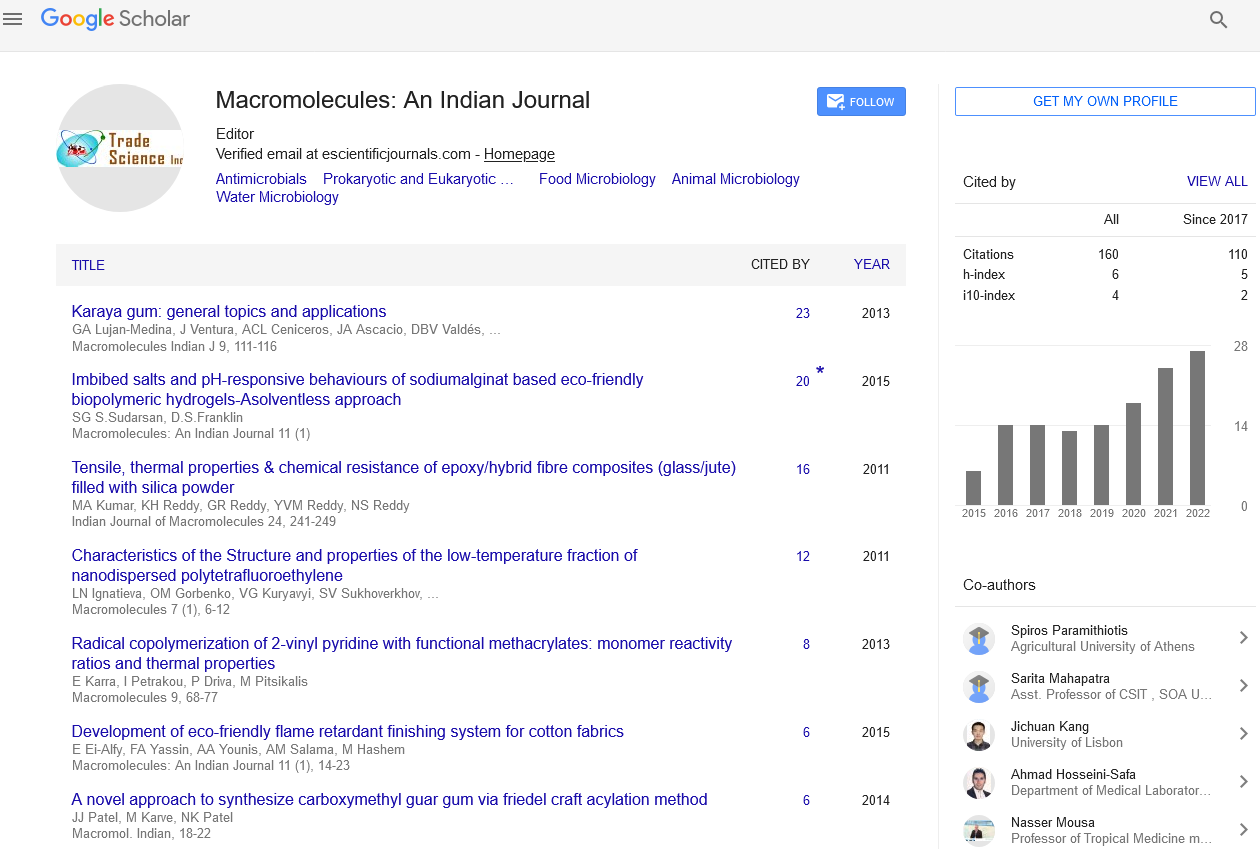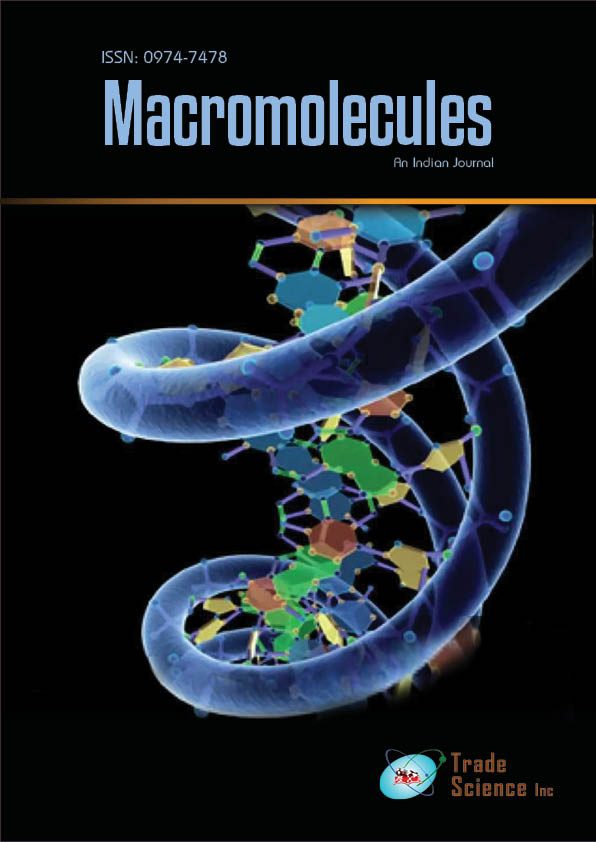Abstract
Preparation of poly(MAA)-cross linked pregelled starch graft copolymer and its application in waste water treatments
Author(s): Kh.M.Mostafa, Abdul Rahim Samarkandy, A.A.El-SanabaryPropelled starch(PG) was first cross linked with epichlorohydrin to obtain insoluble cross-linked pregelled starch(CPS). The latter was graft co polymerized with different amounts of Methacrylic acid (MAA) using potassium persulphate as initiator. This was done to obtain six levels of poly(MAA)-cross linked pregelled starch graft copolymers(PMCPS) having different graft yields(expressed as meq COOH/100g starch) with increasing order and designated as(PMCPS 1 to PMCPS 6). The latter copolymers were dispersed in aqueous solution of heavy metal ions (Cu2+, Pb2+, Cd2+ and Hg2+) and filtered to form polymer-metal ions complex. Different factors affecting the heavy metal ions removal such as pH, extent of grafting, treatment time and starch dose were studied in detail. It was found from the obtained results that; the residual metal ions removal from their aqueous solutions increased with (a) increasing the extent of grafting expressed as (carboxyl contents) of PMCPS i.e. fromPMCPS 1 to PMCPS 6; (b) Increasing the pH of themetal ions solution complex from2- 8; (c) increasing the starch dosage from 0.25 to 2.0 % based on total volume of the solution, then leveled off thereafter, (d) increasing the time of the reaction up to 20 minute then leveled off after that. On the other hand, Pb, Cd and Hg ions were also removed from their solutions with different extent according to their atomic size and reactivity. Furthermore, the prepared copolymer could be recovered by washing the metal ions from the complex with weak acid 1N HNO3 (pH 2) and the metal-binding activity of the starch was slightly reduced by this process. Finally, the ability of PMCPS to remove three types of basic dyes fromtheir solutions was also reported.

